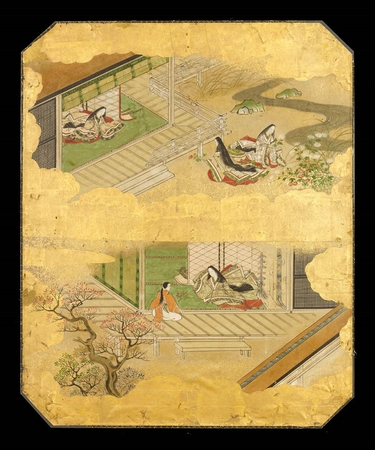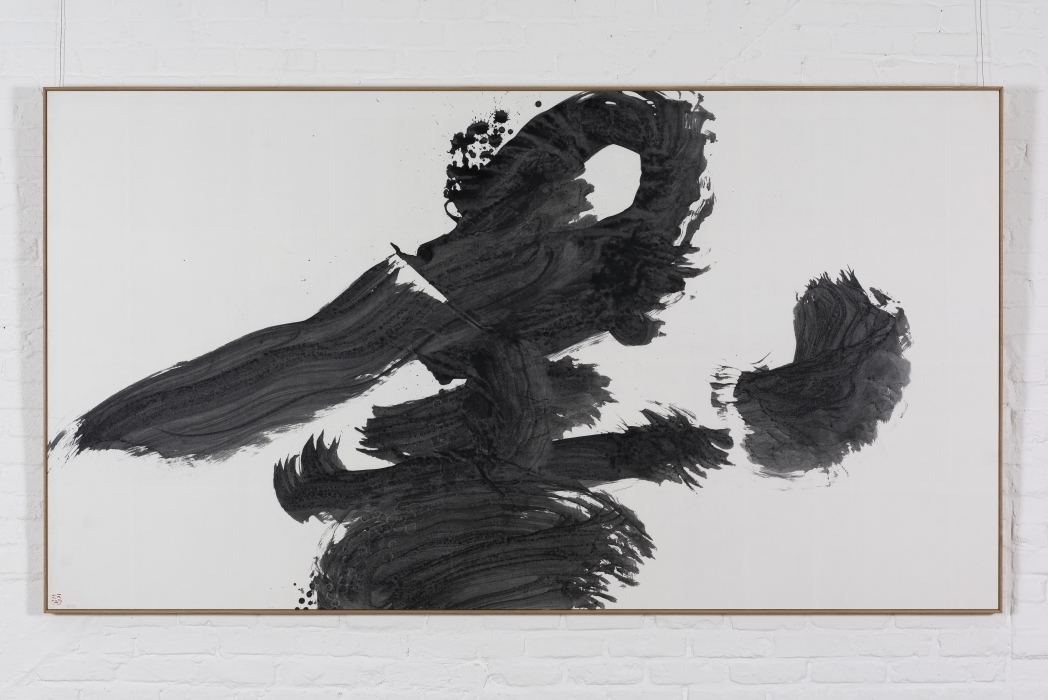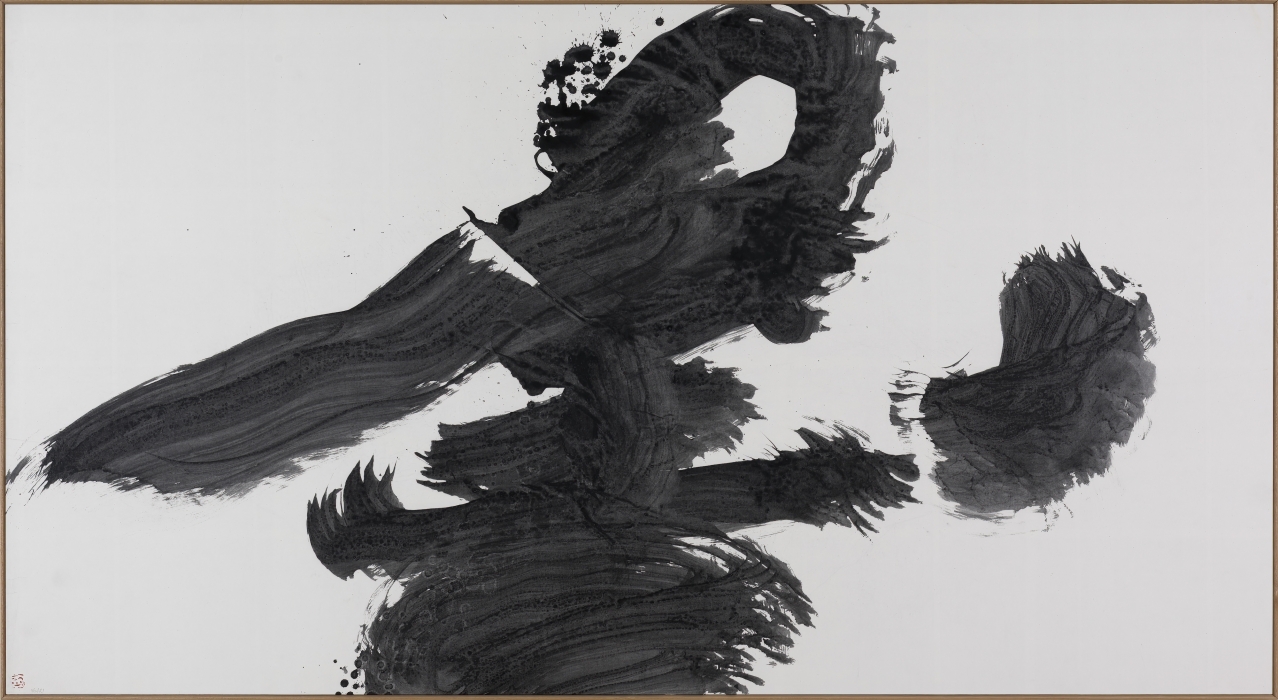Product Description
6493 A panel painted in ink and colour on a gold ground with scenes from Ise Monogatari (the Tales of Ise)
Japan Edo period 18th century
Dimensions: H.17¾” x W.14½” (44.75 cm x 36.5 cm)
This painting depicts two scenes from the 10th century literary classic, the Tales of Ise, the upper half illustrating Episode 18 and the lower half Episode 20.
The ‘Tale of Ise’ (Ise monogatari), 10th century is one of the most important texts of Japanese literature. It is a loose collection of medieval Japanese poems with brief prose introductions. This anonymous work is the oldest in the uta monogatari, or “poem tale,” genre. Although composed mostly of waka, a Japanese poetic form, the prose prefaces to these poems give the work a unique flavour, anticipating later developments in Japanese literature. Most of the poems deal with the amorous exploits of an unnamed lover, who is traditionally, identified as Ariwara no Narihira (825-80), one of the six “saints” of Japanese poetry. Ever since the 11th century, when the ‘Tales of Ise’ came to be seen as a kind of cultural icon, generations of scholars and writers have been puzzling over the numerous problems the text poses. While some may read the episodes as semi-biographical account of the romantic pursuits of Ariwara no Nahira; others have hailed the text as expressions of ‘true Japanese spirit’. There are 209 poems comprising the 125 sections of the work, and each section is a clever and elegant meditation on love outside of marriage.
In Episode 18 a young woman orders her servant to pick a frost-covered chrysanthemum which she sends to a man who lives nearby, accompanied by a suggestive poem:
kurenawi ni
nihofu ha idzura
shira-yuki no
eda mo towowo ni
furu ka to mo miyu
Where can it have gone,
that nicely reddening blush?
To my eye it seems
your bows bend beneath the weight
of a pure white fall of snow.
To which he innocently replies:
kurenawi ni
nihofu ga uhe no
shira-giku ha
worikeru hito no
sode ka to mo miyu
This chrysanthemum
white as driven snow above,
blushing red below,
to my eye could as well be
the sleeves of her who picked it.
The lower half of the painting depicts a scene from Episode 20 of the Tales of Ise, in which we see Ki no Aritsune, who is later to marry Ariwara no Narihira, receiving a branch of red maple leaves sent after his return to the palace. On his way back to the palace, in the third month, he picked these maple leaves and had them sent to his lover along with this poem:
kimi ga tame
taworeru eda ha
haru nagara
kaku koso aki no
momojihi shinikere
For you, only you,
braving the commands of spring,
this branch I picked you –
look! – has clothed itself instead
there is no such thing as spring.
Her answer reaches him after his return to the Capital:
itsu no ma ni
utsurofu iro no
tsukinuran
kimiga sato ni ha
haru nakarurashi
When did it happen,
this stain of fleeting colour
on your leafy branch?
Apparently, where you live
There is no such thing as spring.






